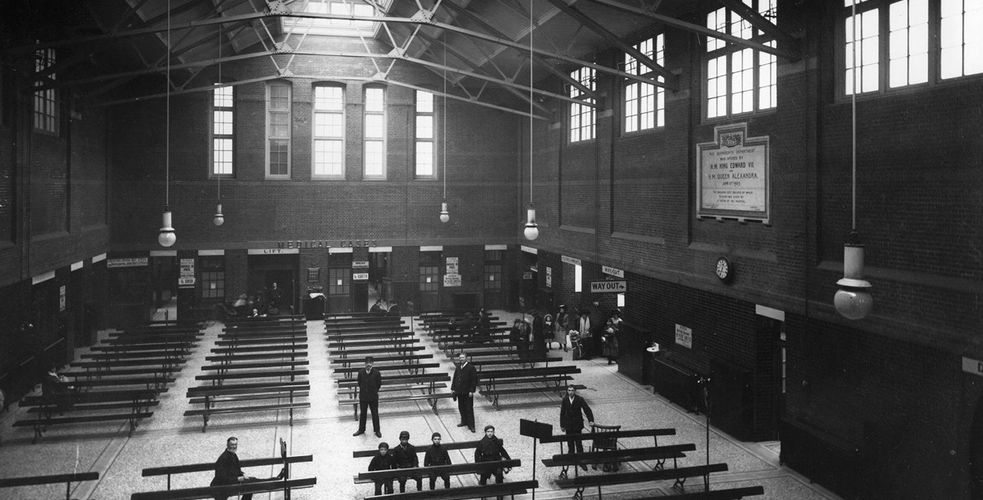Rule # 1: Anticipate peak times of customer contact

Suitable for: Call centers, stores, utilities, hospitals, museums, amusement parks…
“Know thyself”. If someone -in a whimsical impulse- had decided to ask Socrates his recommendations to optimize the wait, he would probably have advised the Directors of the Customer Relationship to acquire a good understanding of their flow of customer contact.
Depending on the sector, certain months, weeks, days or hours can see the number of calls, emails and messages on social networks rise. The analysis of the history of contact volumes, combined with the use of state-of-the-art planning software, makes it possible to finely tune team sizes, as Eric Lestanguet (Engie Home Services) points out:
“In the energy sector, an end-of-month does not look like a mid-month, nor a Monday like a Friday … We constantly analyze customer data to anticipate their demands. For example, […] we know that summer is a great time for removals, so we are planning a special call line for this type of application for the summer. ”
Good planning gives the opportunity to set up an effective organization for absorbing peak customer contact times.
From a technical point of view, if the customer service has several queues that are not all being attended to, it is possible to set the call distributor (ACD) to route calls to the less busy teams. It is also possible to create faster queues for certain types of customers.
In terms of human resources, several methods can be investigated. A mutualisation of advisers is possible, provided that they are well trained in the different types of contacts they would have to deal with. Some companies enter into working time agreements to trigger overtime in the event of a peak. Others recruit part-time staff that they mobilize in critical niches. Finally, some use an outsourced call centre that manages the “overflow” of the nominal customer service.

In any case, the activated process cannot be improvised, as Stéphane Raymond (Director of Customer Relations at Carglass, now Director of Assistances / COO at Fidelia Assistance) recalls:
“We therefore believe that customer expectations are everyone’s business. We have developed a process with escalation procedures. In case of peak customer contact, we first trigger the additional hours. Then we ask the operational support to lend a hand, then the quality teams, and finally the managers of customer relations centres. In an exceptional situation, we even asked for help from head office staff, if only to pick up the phone and explain to the customer that they would call back later. Be careful, this cannot be improvised: you have to think about this organization upstream, and define thresholds that, once exceeded, trigger actions. ”
Note: Anticipating the flow of contact, customers & patients (in hospitals) is certainly the first golden rule to be applied. This calculation, complex to realize and to refine, and which can be calculated thanks to software or planning, makes it possible indeed to fine tune the team sizes which will be necessary to treat these “peaks and flows”.

Contre toute attente, by Manuel Jacquinet and Frédéric Durand, Malpaso editions.
Read more about Contre toute attente, here.
I want it!






